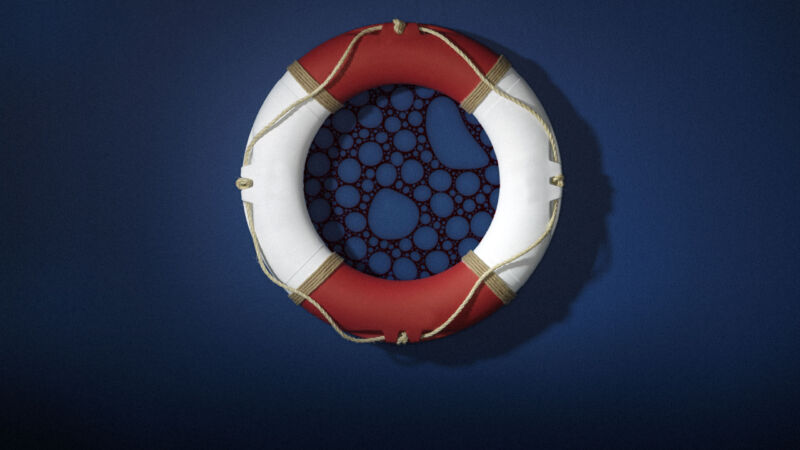Peer review is essential for science. Unfortunately, it’s broken.

Enlarge (credit: Aurich Lawson | Getty Images)
Rescuing Science: Restoring Trust in an Age of Doubt was the most difficult book I’ve ever written. I’m a cosmologist—I study the origins, structure, and evolution of the Universe. I love science. I live and breathe science. If science were a breakfast cereal, I’d eat it every morning. And at the height of the COVID-19 pandemic, I watched in alarm as public trust in science disintegrated.
But I don’t know how to change people’s minds. I don’t know how to convince someone to trust science again. So as I started writing my book, I flipped the question around: is there anything we can do to make the institution of science more worthy of trust?
The short answer is yes. The long answer takes an entire book. In the book, I explore several different sources of mistrust—the disincentives scientists face when they try to communicate with the public, the lack of long-term careers, the complicitness of scientists when their work is politicized, and much more—and offer proactive steps we can take to address these issues to rebuild trust.
The section below is taken from a chapter discussing the relentless pressure to publish that scientists face, and the corresponding explosion in fraud that this pressure creates. Fraud can take many forms, from the “hard fraud” of outright fabrication of data, to many kinds of “soft fraud” that include plagiarism, manipulation of data, and careful selection of methods to achieve a desired result. The more that fraud thrives, the more that the public loses trust in science. Addressing this requires a fundamental shift in the incentive and reward structures that scientists work in. A difficult task to be sure, but not an impossible one—and one that I firmly believe will be worth the effort.
Modern science is hard, complex, and built from many layers and many years of hard work. And modern science, almost everywhere, is based on computation. Save for a few (and I mean very few) die-hard theorists who insist on writing things down with pen and paper, there is almost an absolute guarantee that with any paper in any field of science that you could possibly read, a computer was involved in some step of the process.
Whether it’s studying bird droppings or the collisions of galaxies, modern-day science owes its very existence—and continued persistence—to the computer. From the laptop sitting on an unkempt desk to a giant machine that fills up a room, “S. Transistor” should be the coauthor on basically all three million journal articles published every year.




